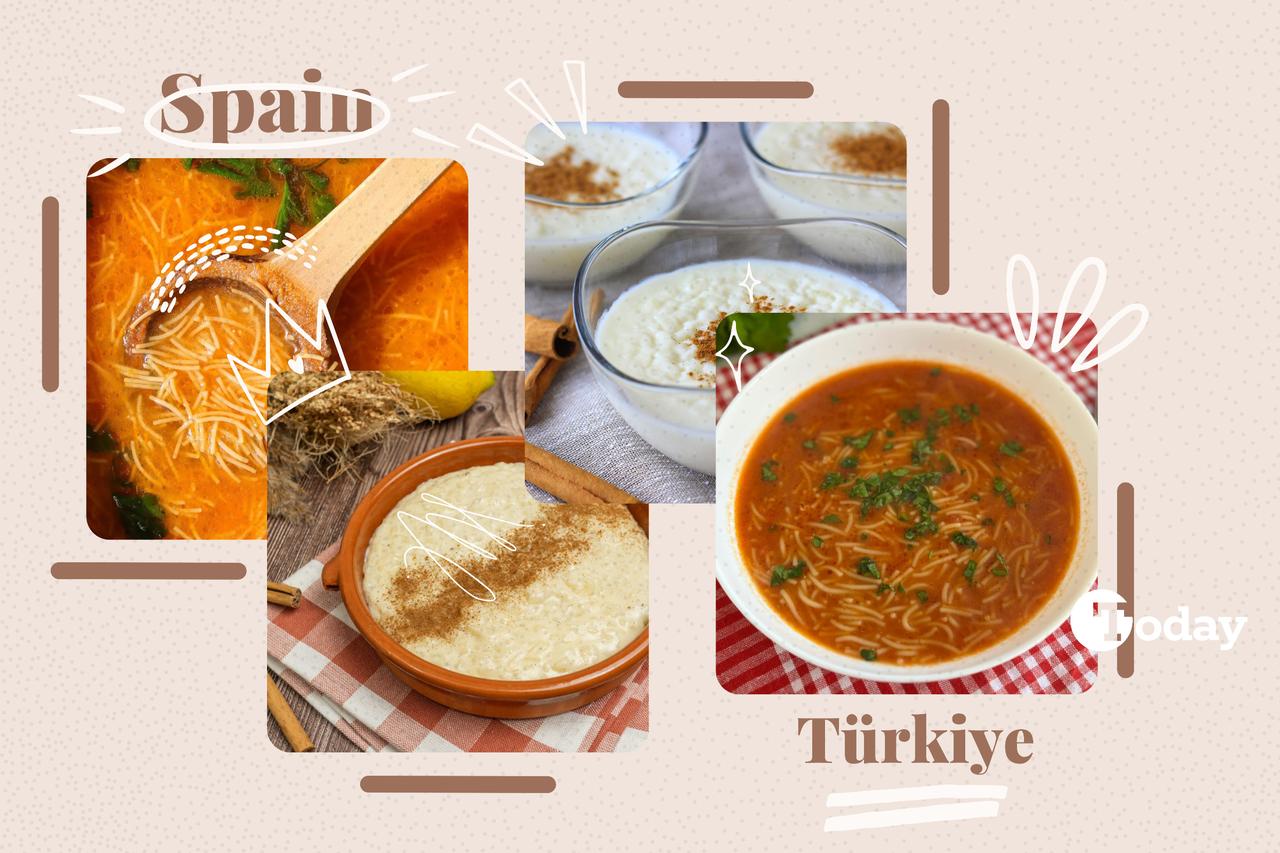
Food often reveals shared traditions across different cultures. A recent list circulating online highlighted how several popular Spanish dishes bear striking similarities to Turkish cuisine, drawing the attention of food enthusiasts in Türkiye and abroad.
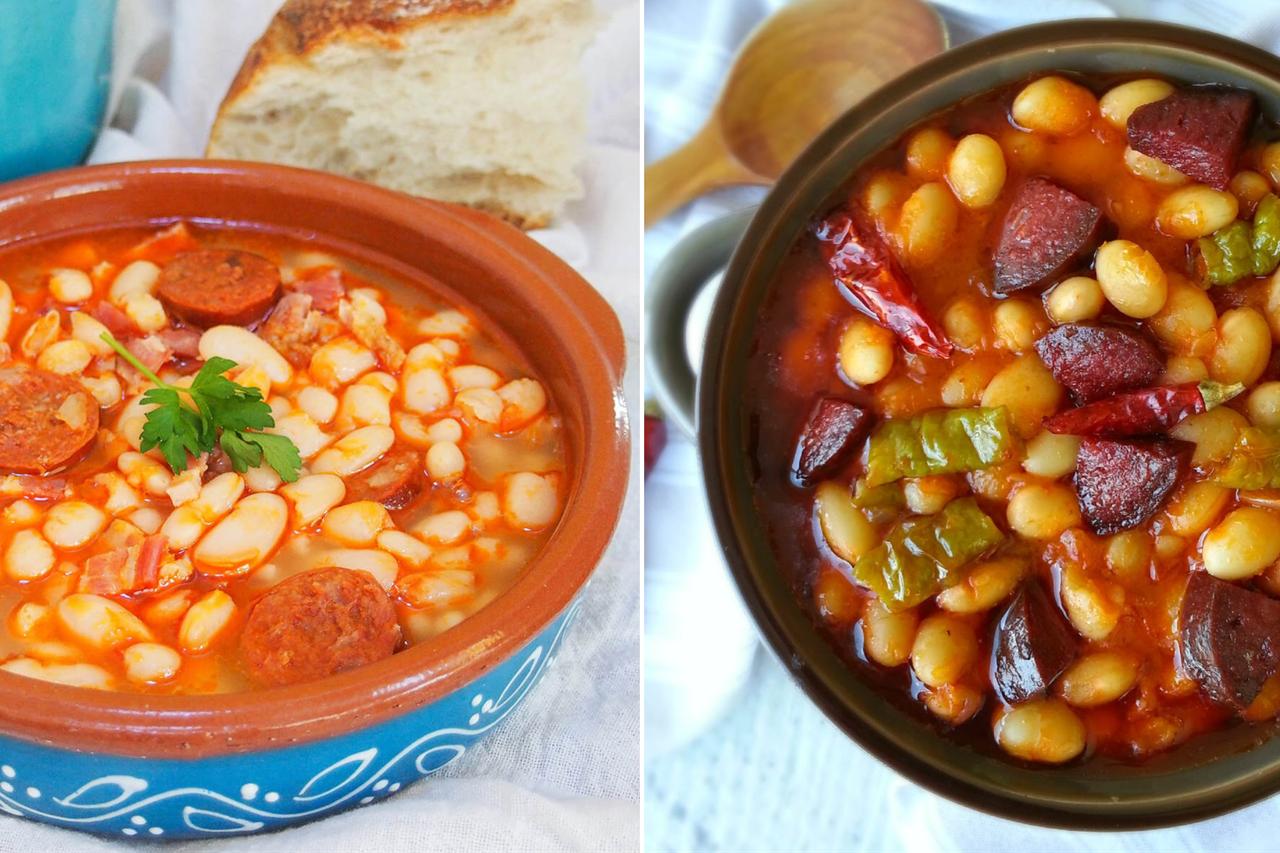
The list begins with "fabada asturiana," a bean stew from northern Spain. In Türkiye, the equivalent is "kuru fasulye," a staple made with white beans simmered in tomato sauce, often served with rice. Both are hearty dishes known for being central to home cooking.
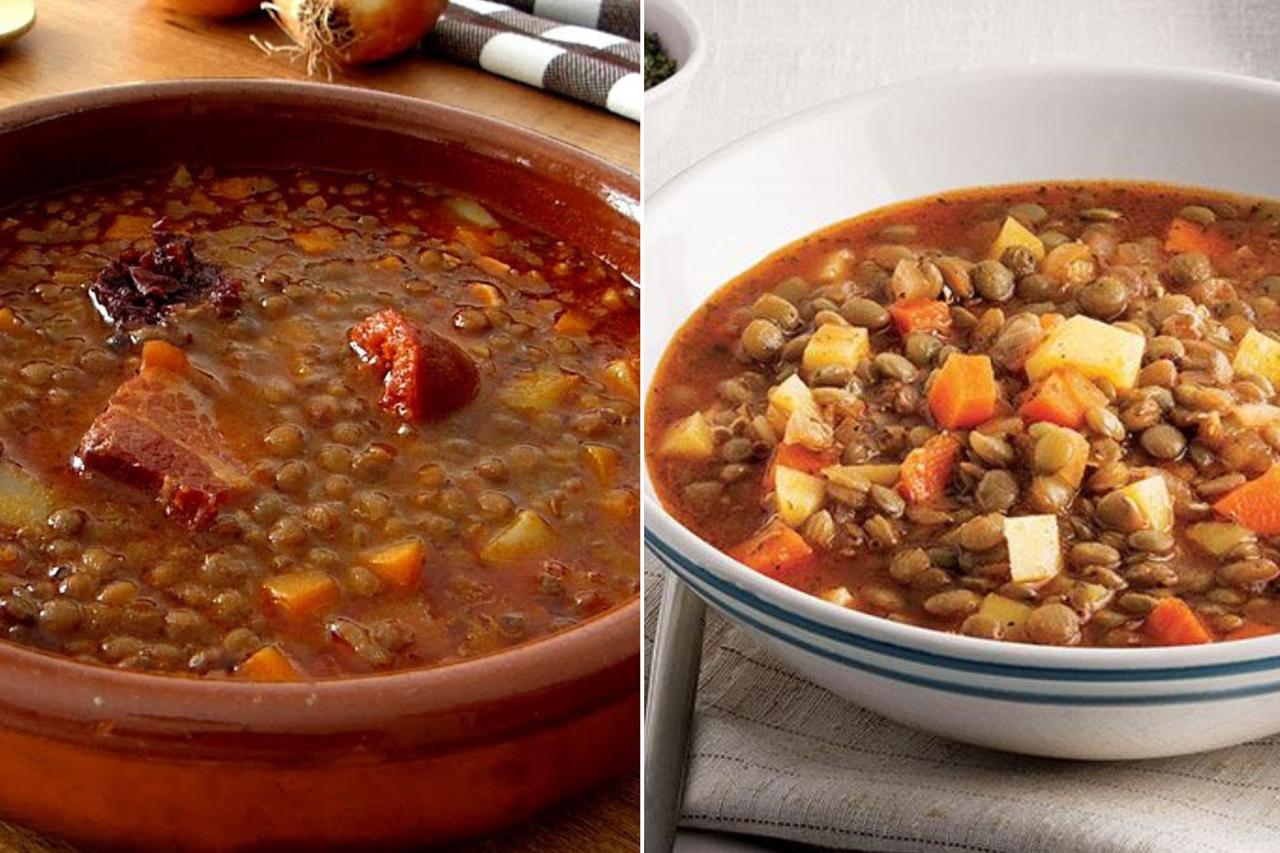
Next comes "lentejas estofadas," a lentil stew that closely resembles "yesil mercimek yemegi" in Türkiye. Both versions use lentils as the base, offering a rich, nutritious meal that is especially popular in colder months.
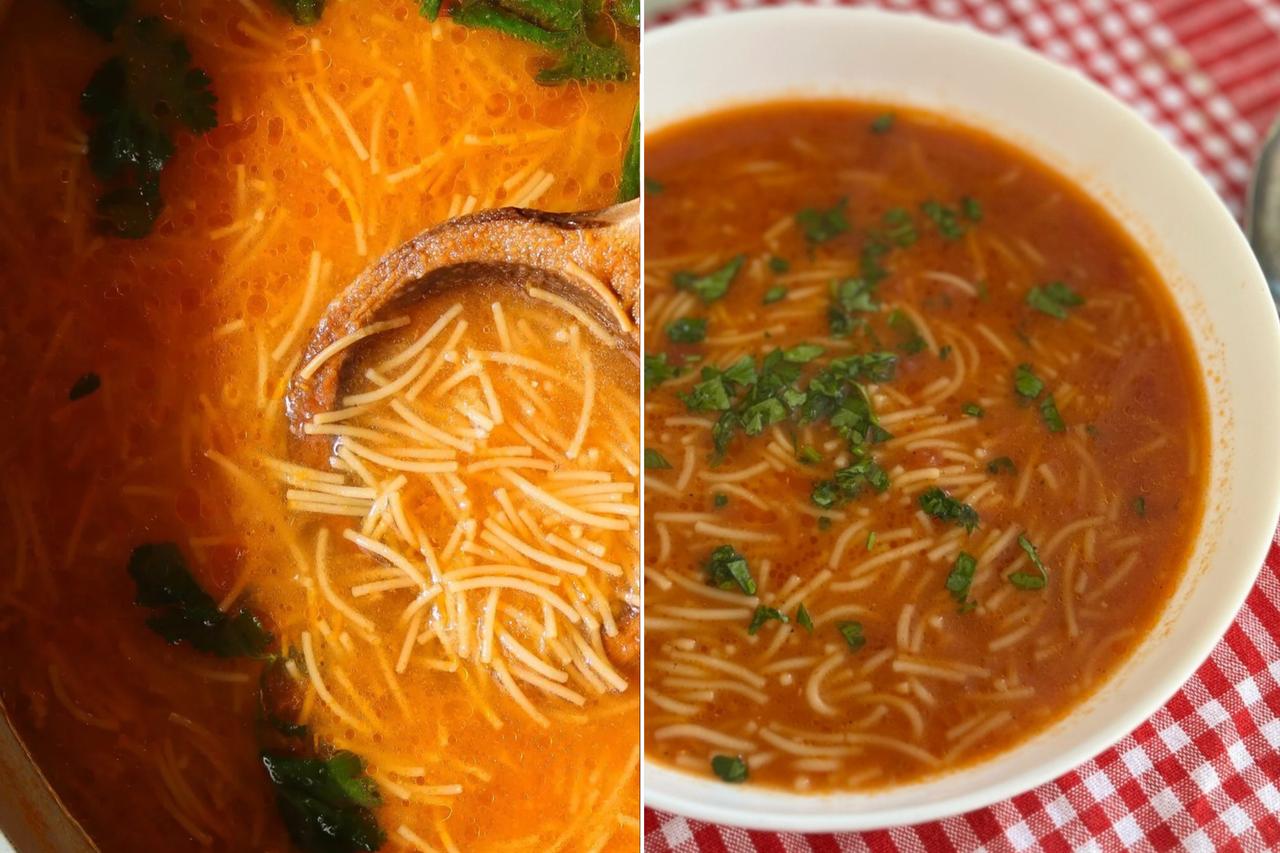
Another dish that bridges cultures is "sopa de fideos," or noodle soup, which mirrors "sehriye corbasi" in Turkish kitchens. It is a light, warming dish made with thin noodles in broth.
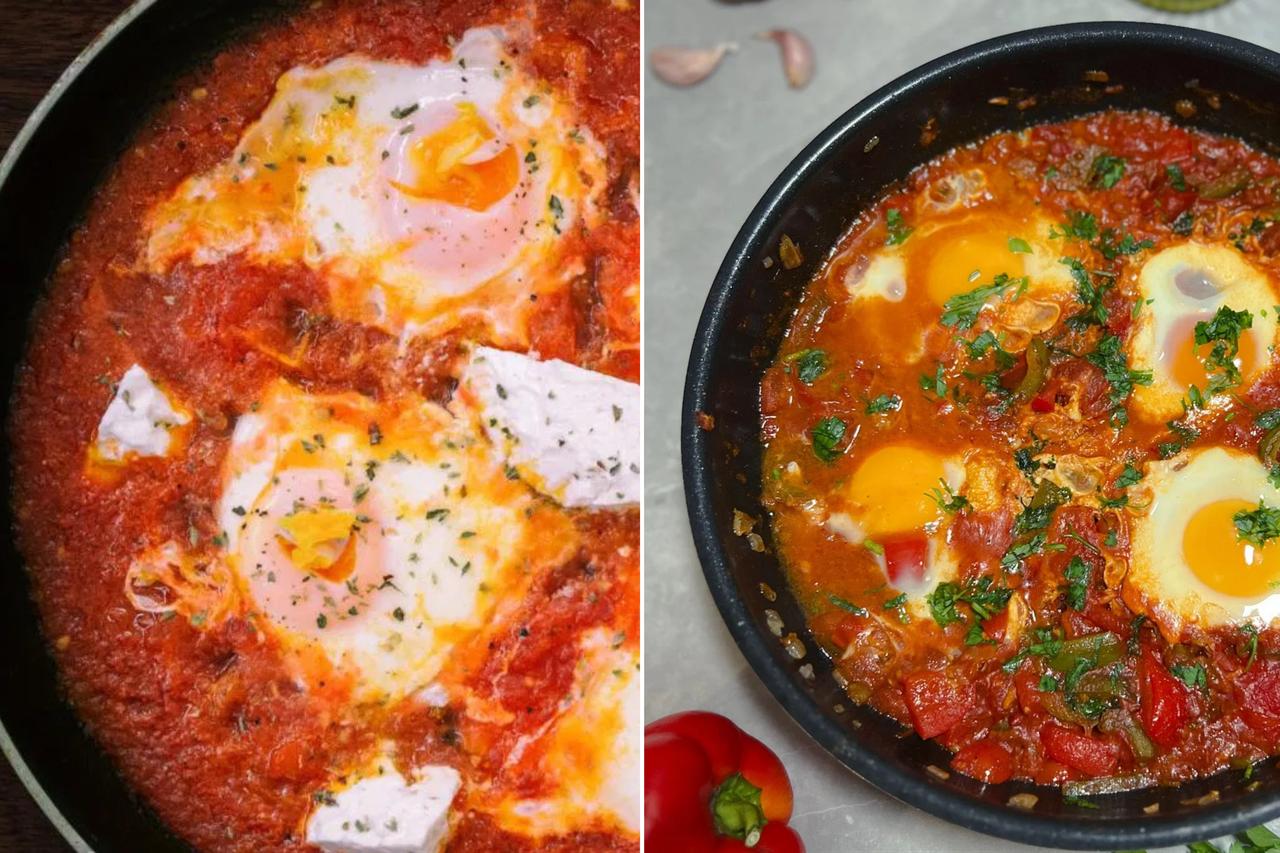
The comparison continues with "pisto con huevos," a Spanish dish of stewed vegetables topped with eggs. This is strongly reminiscent of "menemen," where tomatoes, peppers, and eggs come together in one of Türkiye’s most beloved breakfast options.
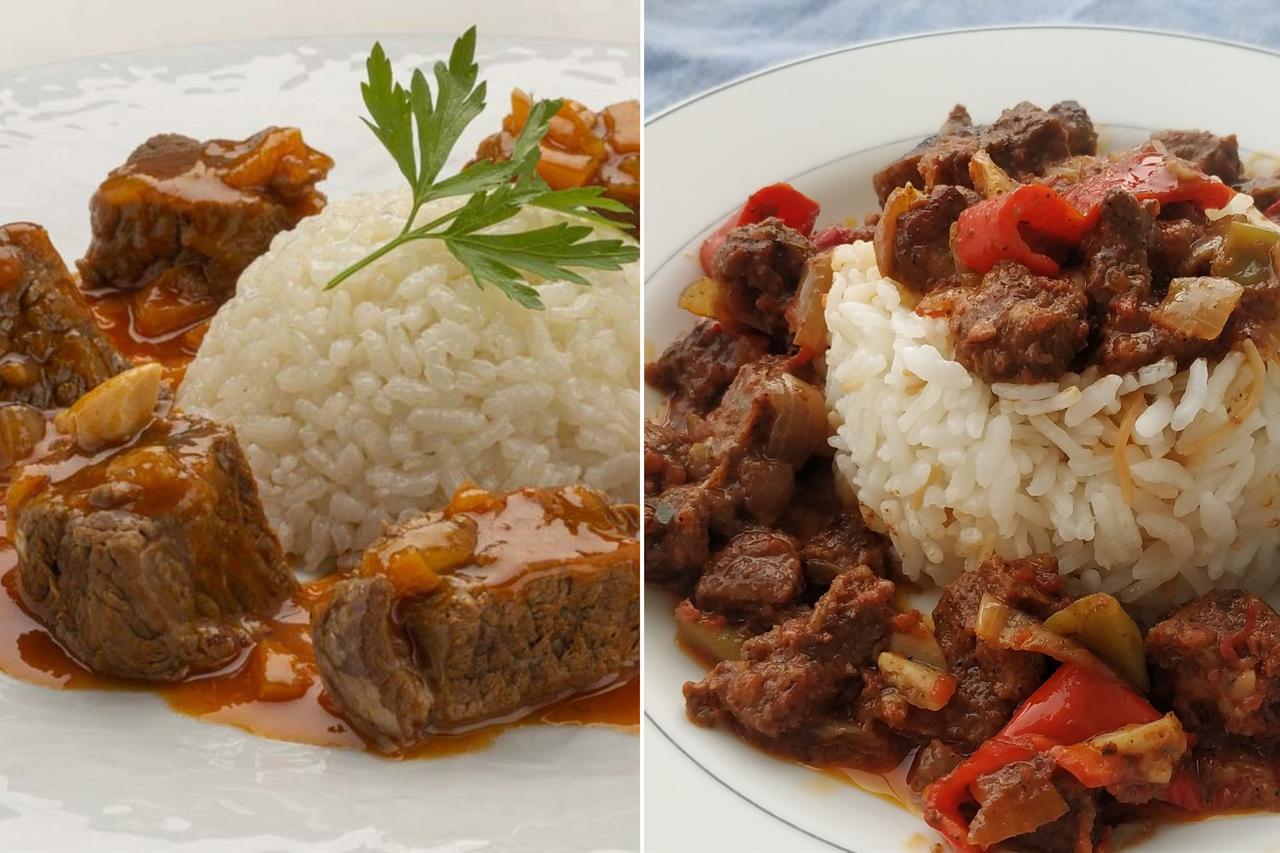
Moving further, "carne con arroz" resembles "et sote ve pilav," a combination of sauteed meat and rice. The pairing of meat with rice is deeply ingrained in both cultures, serving as a satisfying everyday meal.
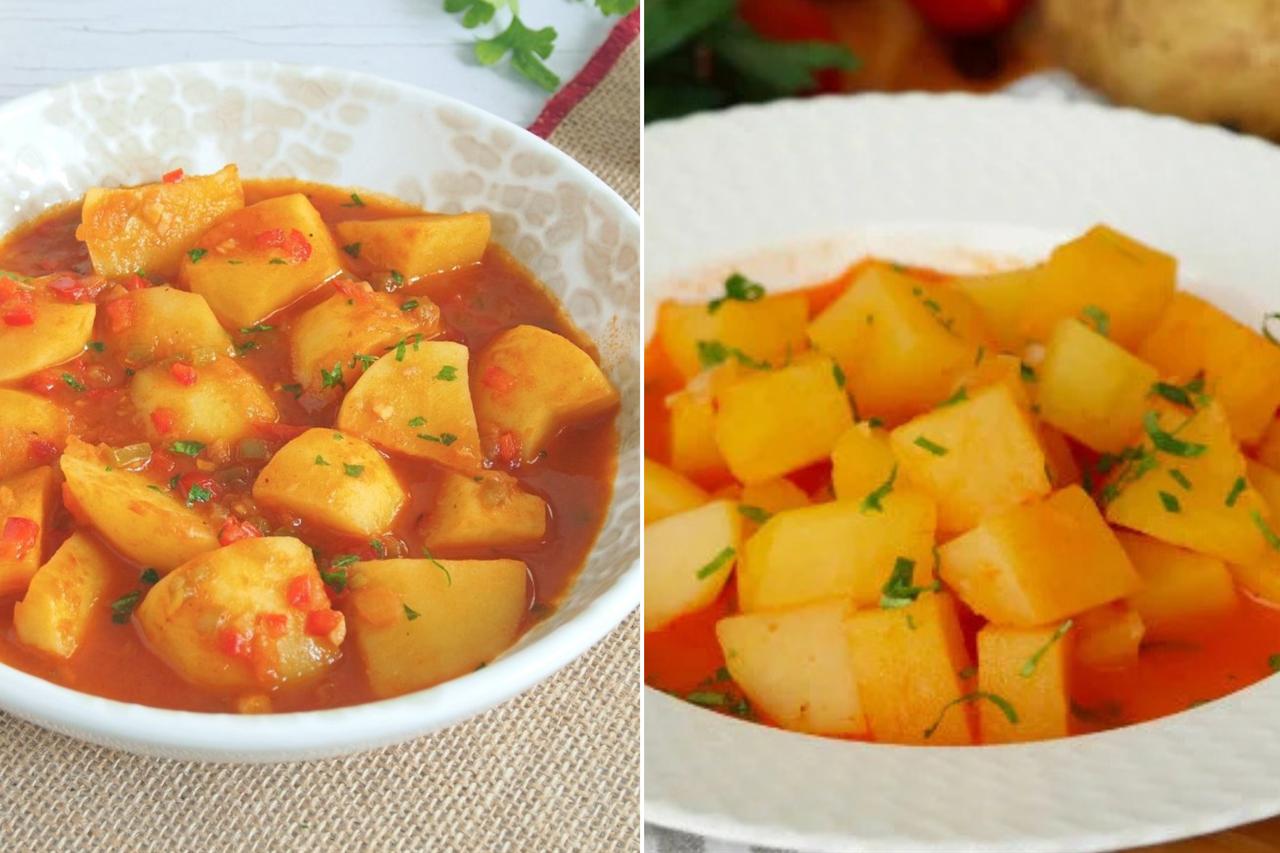
In addition, "patatas guisadas," a stew made with potatoes, can easily be compared to "patates yemegi," a Turkish potato-based dish prepared in much the same way.
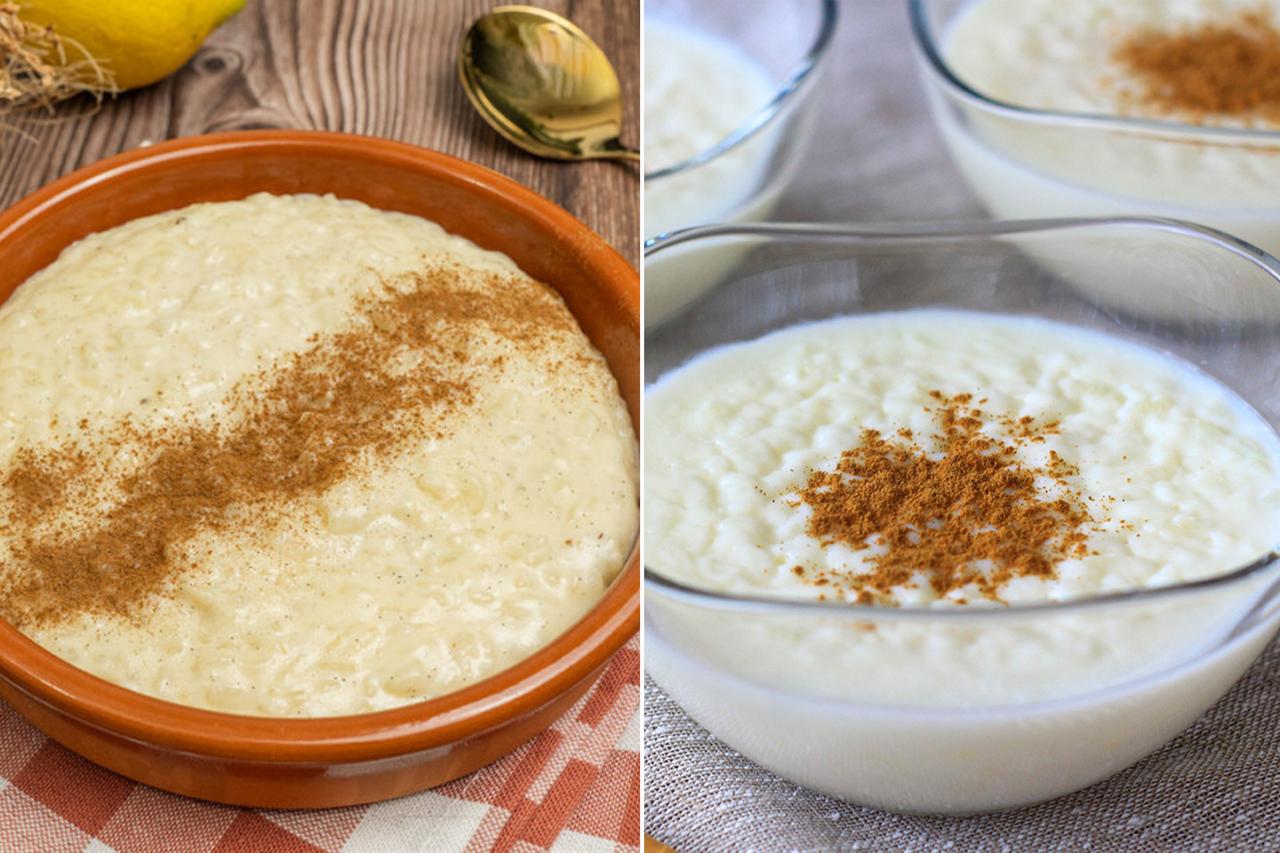
Among desserts, "arroz con leche"—rice pudding with cinnamon—finds its Turkish equivalent in "sutlac," one of the most well-known milk-based sweets in Türkiye.

In the savory category, "chorizo," a spiced sausage, parallels "sucuk," a heavily seasoned sausage that has become a symbol of Turkish breakfast tables.
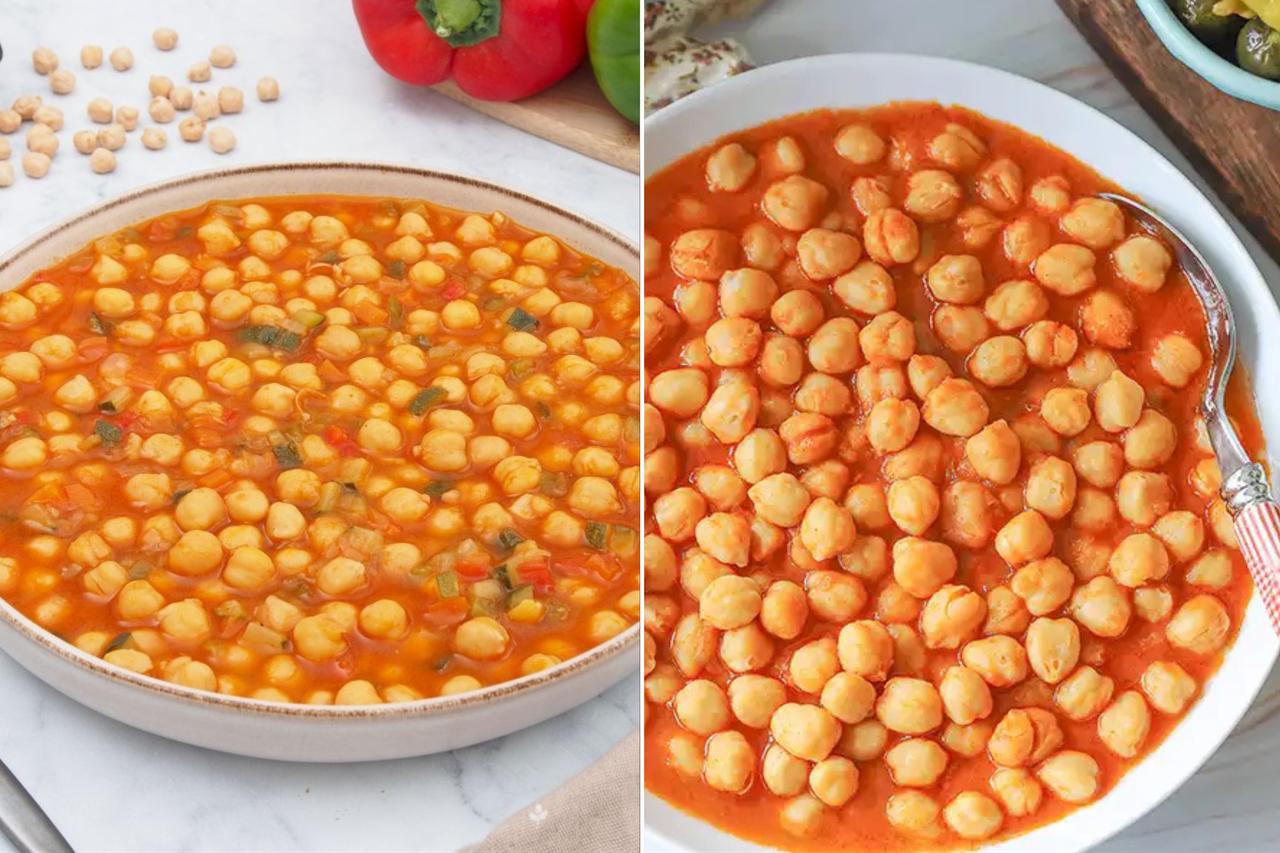
The list concludes with "garbanzos guisados," a chickpea stew, which resembles "nohut yemegi" in Turkish cooking. Both are filling and popular as everyday meals.
While these dishes belong to distinct culinary traditions, their similarities underline how food cultures across the Mediterranean and beyond often intersect. Simple ingredients like beans, lentils, rice, potatoes, and eggs form the base of both Spanish and Turkish cooking, creating dishes that feel familiar across borders.